There are various procedures that are used to treat periodontal disease. These procedures include Guided tissue regeneration, Scaling and root planing, Soft tissue grafting, and Mucogingival surgery. You can learn more about these procedures by reading the following articles. Listed below are some of the common procedures performed for gum problems. In addition to gum surgery, some patients also require bone grafting. A dental surgeon will discuss the different procedures with you during your consultation.
Table of Contents
Guided tissue regeneration
A technique called guided tissue regeneration during periodontal surgery can repair periodontal pockets and receding gums. This procedure encourages bone regeneration around teeth by using biocompatible membranes. These membranes are placed between gum tissue and bone and can include biocompatible proteins and bone grafts. After a certain period, the membrane will dissolve and new attachments will grow. A patient can then resume their normal oral hygiene routine.
One of the techniques that doctors use during guided tissue regeneration is the use of a protein called Emdogain (r) Gel. The protein, which is naturally present in the body, is immunologically inactive and used in thousands of procedures worldwide. When it is injected into the gums or teeth during periodontal surgery, it stimulates the growth of new bone. It is important to remember that the new bone is able to take shape much more quickly than the old one did.
A similar technique, guided bone regeneration, is used to repair gaps around dental implants. This procedure focuses on supporting new hard tissue growth on the alveolar ridge. This new growth supports the stability of dental implants. It is a safe and reliable technique that is often combined with bone grafting to fix bone defects around dental implants. The technique is a proven and valuable tool to restore the supporting tissues and strengthen the jaw.
Another advancement in the field of periodontal surgery is guided tissue regeneration. This method preserves bony ridges so that dental implants can be placed in the future. This type of technique also helps restore bone underneath fixed bridges, which tend to sink. This can alter the facial structure, but guided tissue regeneration can prevent this and add support to the structure of the face. When performed by a periodontist, guided tissue regeneration is an excellent option for patients suffering from tooth loss.
Scaling and root planing
Scaling and root planing are procedures performed to remove plaque and tartar. These procedures use specialized tools to scrape away plaque and calculus from the teeth and gums. They also smooth the rough root surfaces, which prevent bacteria from reentering gum pockets. Following this procedure, the gums can heal and reattach to the tooth root. This procedure generally takes two visits, one for scaling and one for root planing.
This procedure may be performed quadrant by quadrant. For example, the upper and lower quadrants of a person's face may be treated in a single visit, and the second appointment will involve the upper and lower quadrants of the other side of the face. During the process, the dentist may inject local antibiotics, antimicrobials, or other medications directly into the periodontal pockets to control pain and encourage faster healing.
In addition to treating advanced gum disease, scaling and root planing can help prevent the spread of the disease and the loss of teeth. These procedures are effective in removing bacteria that can spread to other parts of the body. These bacteria can cause respiratory and heart problems. Additionally, they can cause tooth loss. Therefore, this surgery is important for keeping the teeth and gums healthy. Further, the procedure helps keep periodontal pockets from developing as they lead to an inflammatory response that destroys the gingiva and bone tissue, ultimately resulting in tooth loss.
Root planing is a process that involves smoothing the rough surface of the tooth's roots. Since these rough surfaces attract plaque and tartar, smoothing them will prevent them from attaching to teeth. Root planing is also beneficial in helping the gums heal. It is essential to visit the dentist at least twice a year for a checkup after the procedure. Your dentist will also prescribe you antibiotics and anti-inflammatories for your treatment.
Soft tissue grafting
Patients who undergo soft tissue grafting during periodontal surgery will usually feel some discomfort after the procedure. Depending on the type of graft, recovery time can range from a couple of days to a couple of weeks. Patients may return to work or resume regular activities the day after the surgery. During this time, patients should avoid hard foods and chew on soft foods only. It is also important to avoid flossing or brushing around the affected area.
To prevent gum recession, soft tissue grafts can be used to repair damaged gums, prevent future dental problems, and improve the aesthetics of the gum line. Gum recession can be caused by several factors, including periodontal disease or aggressive tooth brushing. Exposed roots make teeth appear too long, are more sensitive to hot and cold, and are more prone to cavities. Soft tissue grafting can help restore a healthy appearance and reduce pain after tooth extraction.
Gum recession can occur due to a variety of reasons, including chronic inflammation of the gum line from plaque. Other causes of gum recession include aggressive tooth brushing, grinding of teeth, and orthodontic treatment. Your periodontist will determine which factors are contributing to your gum recession and will determine the best way to treat them. Soft tissue grafting during periodontal surgery can restore aesthetic appeal to your smile, and prevent future recession.
A soft tissue graft is similar to a tissue transplant. A tissue graft is harvested from a donor site or from a tissue bank and then implanted into the recipient site. The patient will then have the affected tooth heal. They will be re-examined two weeks after the procedure. A cover may be placed over the donor and recipient sites, but this will fall off after a few days.
Mucogingival surgery
Although mucogingival periodontal surgery is not a new technique, it has been increasing in importance in recent years. Although the primary goal of this type of surgery is the preservation of periodontal health, the aesthetic demands of patients have driven dentists to perform this procedure more frequently. The objectives of mucogingival surgery include stopping recession, widening the inserted gum, and deepening the vestibule. Furthermore, mucogingival surgery can also correct anatomical and pathological defects.
The major causes of mucogingival recession are outlined in the previous book. The procedure can also be used to cover the exposed root. Because mucogingival periodontal surgery is a complex procedure, it may require specialized care. However, this procedure is not for every patient. There are some specific limitations of this procedure, and it may be best performed in a specialist care center. Patients who are candidates for this procedure must have a high level of oral health.
A newer method of mucogingival surgery has been developed by the authors of Trombelli, who studied the healing process of gingival recession defects after a coronally positioned flap and guided tissue regeneration procedures. In this method, a subpedicle connective tissue graft is inserted through the buccal canal and bonded to the root. It can be either natural tissue or an implant.
Another technique for mucogingival periodontal surgery is known as free gingival graft. The procedure can increase keratinized tissue and improve root coverage. In a long-term study, the results of free gingival autograft and stent-resin-bonded splint combined with implant placement were studied. This technique is often considered the gold standard for treating exposed root surfaces.
Dental implants
Dental implants are an option for patients who have lost or badly damaged teeth. The implants are inserted into the jawbone in the empty space left by the missing tooth. Patients can expect to wait months for the implants to heal, after which the final crown will be placed on top. The implant is meant to fuse with the bone during the healing process. Patients who are heavy smokers or have undergone radiation therapy must be evaluated individually.
In addition to the dental implant, patients must also practice good oral hygiene. Special brushes are recommended for cleaning the area around metal posts and implants. Regular dental checkups and cleanings will ensure the health of your implants. Patients who opt for dental implants should avoid harmful habits, such as smoking, chewing on hard objects, or eating hard candy. Tooth-staining products should also be avoided. If you grind your teeth, you should seek treatment for it.
Gum disease can cause your gums to recede, causing you to lose a tooth. Additionally, your gums may bleed, which is not normal. Having missing teeth can affect your lifestyle, which is why dental implants are considered the best option. But before you go ahead with the procedure, you should first consult a dentist. Depending on the severity of your condition, you may need both dental implant and periodontal surgery.
Dental implants are more durable than conventional dental appliances. They do not require cutting other teeth, which is necessary with a traditional tooth-supported bridge. They are also easier to clean than removable dentures, which require messy adhesives. Also, dental implants can last a lifetime if taken care of properly. The main difference between implants and removable dentures is that dental implants are permanent, while the former are removable. A dental implant is much more comfortable to wear and maintain.
Sources:

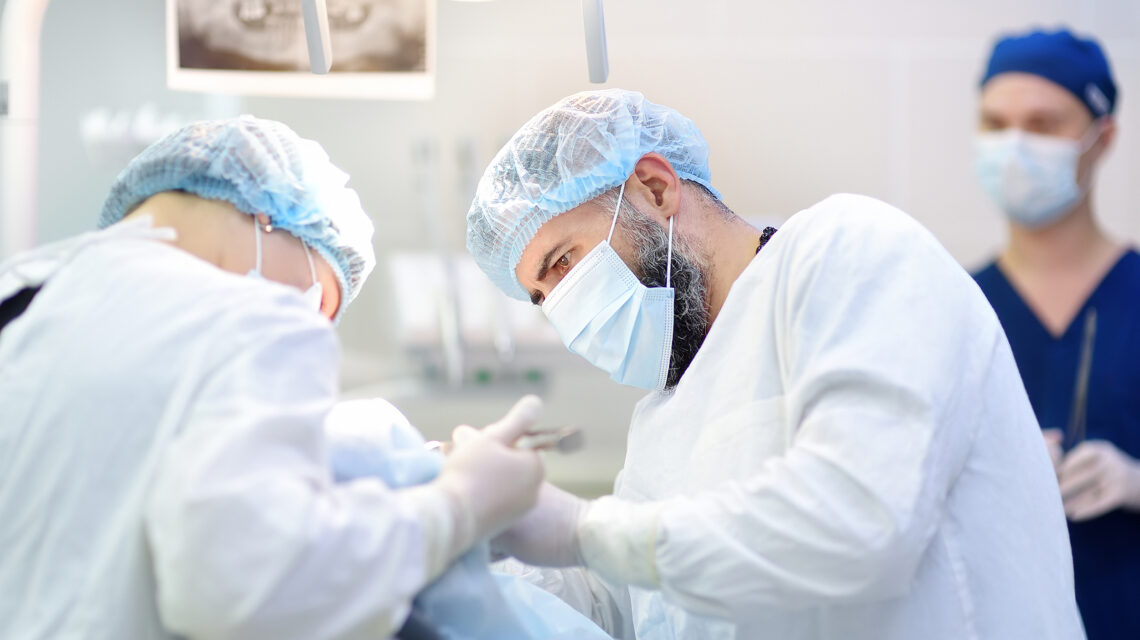

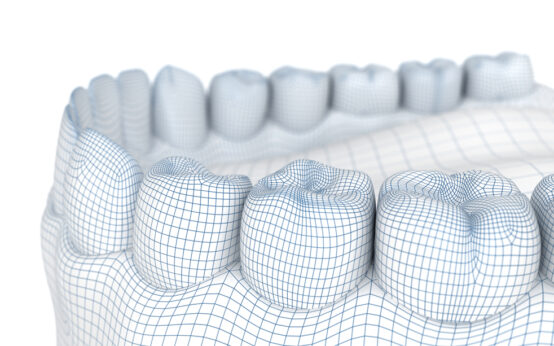 Ways to Fix Craze Lines Without Braces Or Root Canals
Ways to Fix Craze Lines Without Braces Or Root Canals 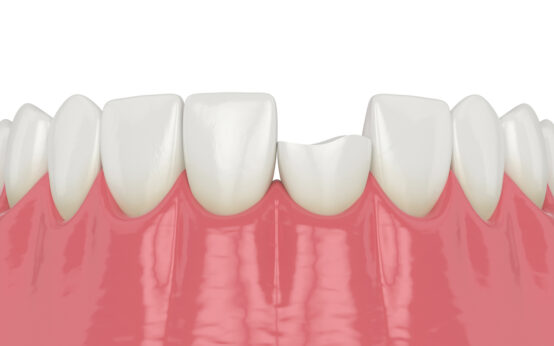 Dental Implants and Bonding As Treatments For Chipped Teeth
Dental Implants and Bonding As Treatments For Chipped Teeth  Dental Implants Vs Dentures – The Pros and Cons
Dental Implants Vs Dentures – The Pros and Cons 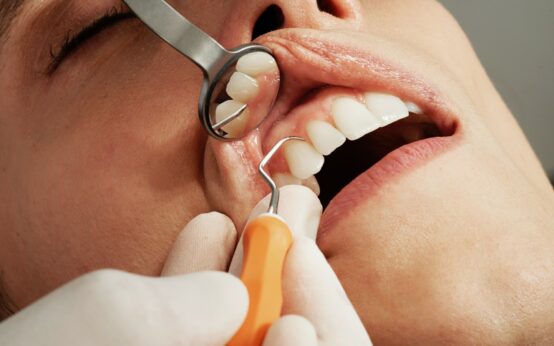 Restorative Dentistry – What Are the Different Types of Restorative Dentistry Procedures?
Restorative Dentistry – What Are the Different Types of Restorative Dentistry Procedures? 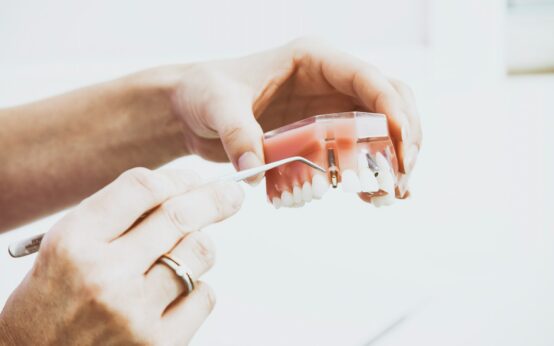 Dental Implants
Dental Implants